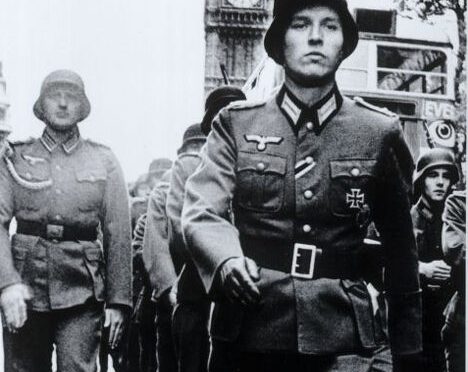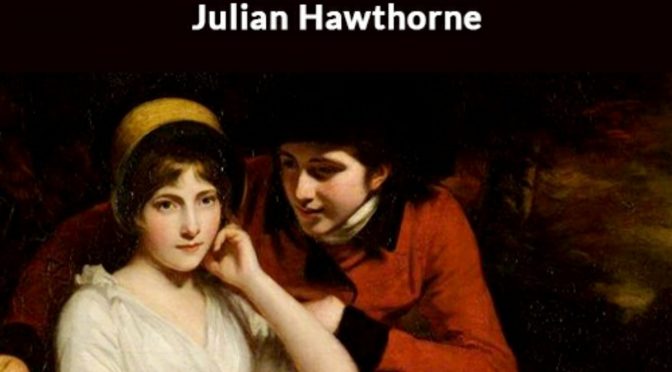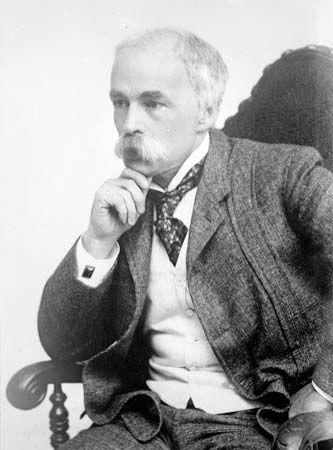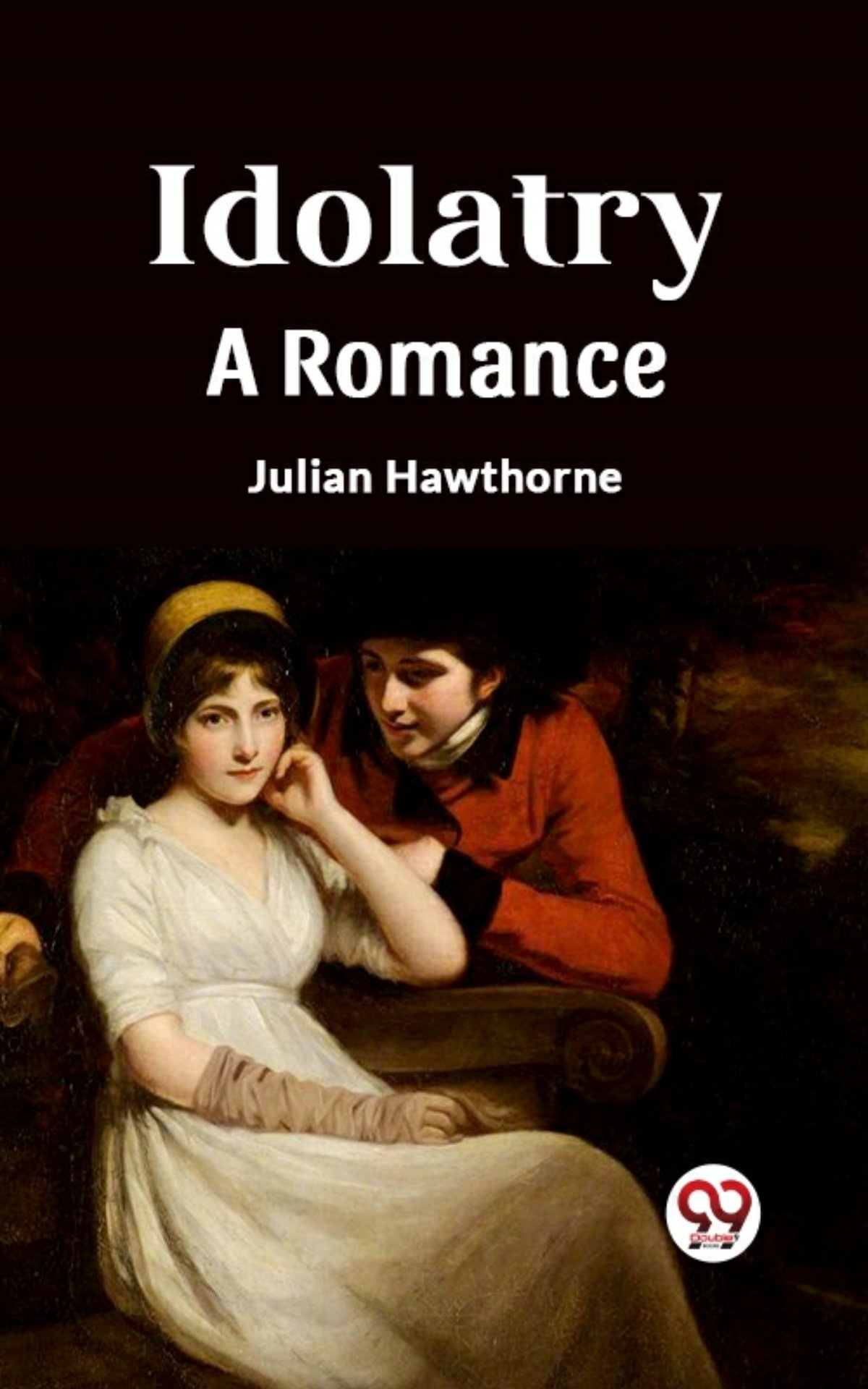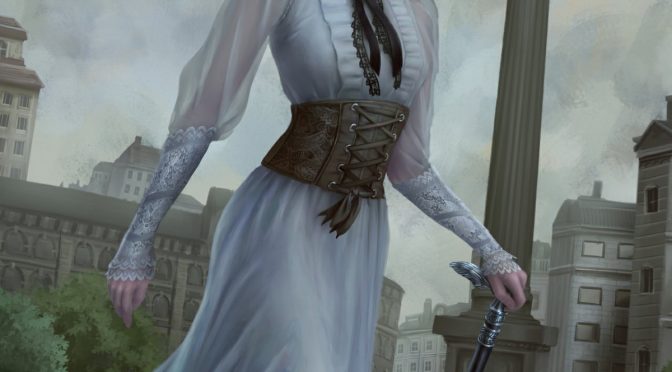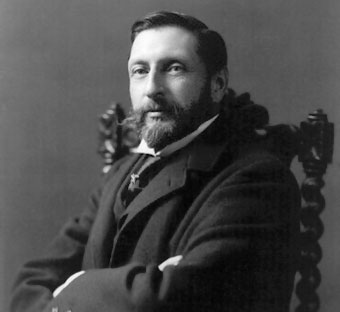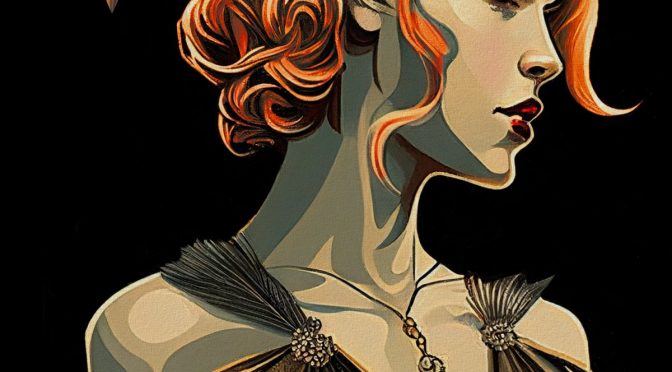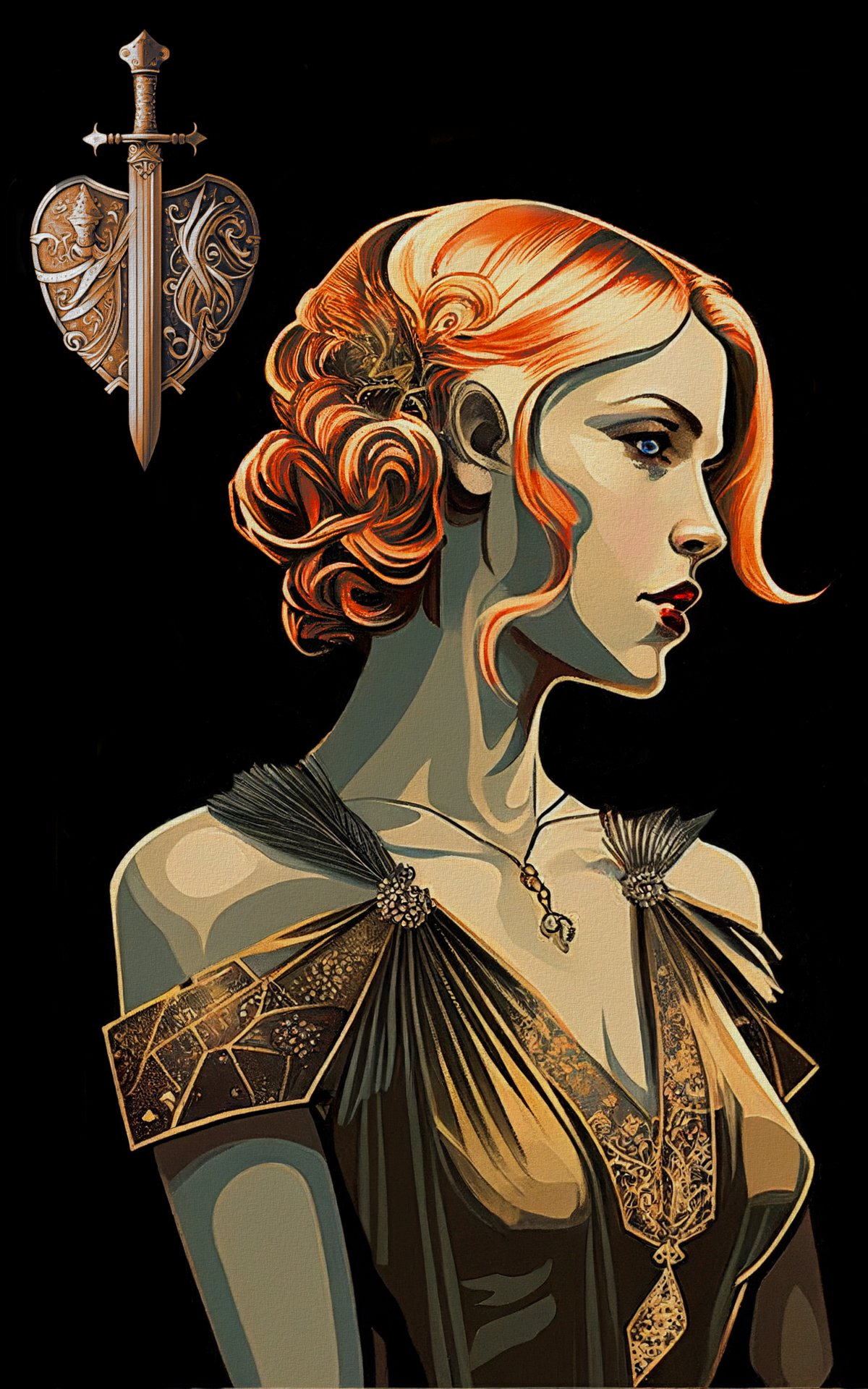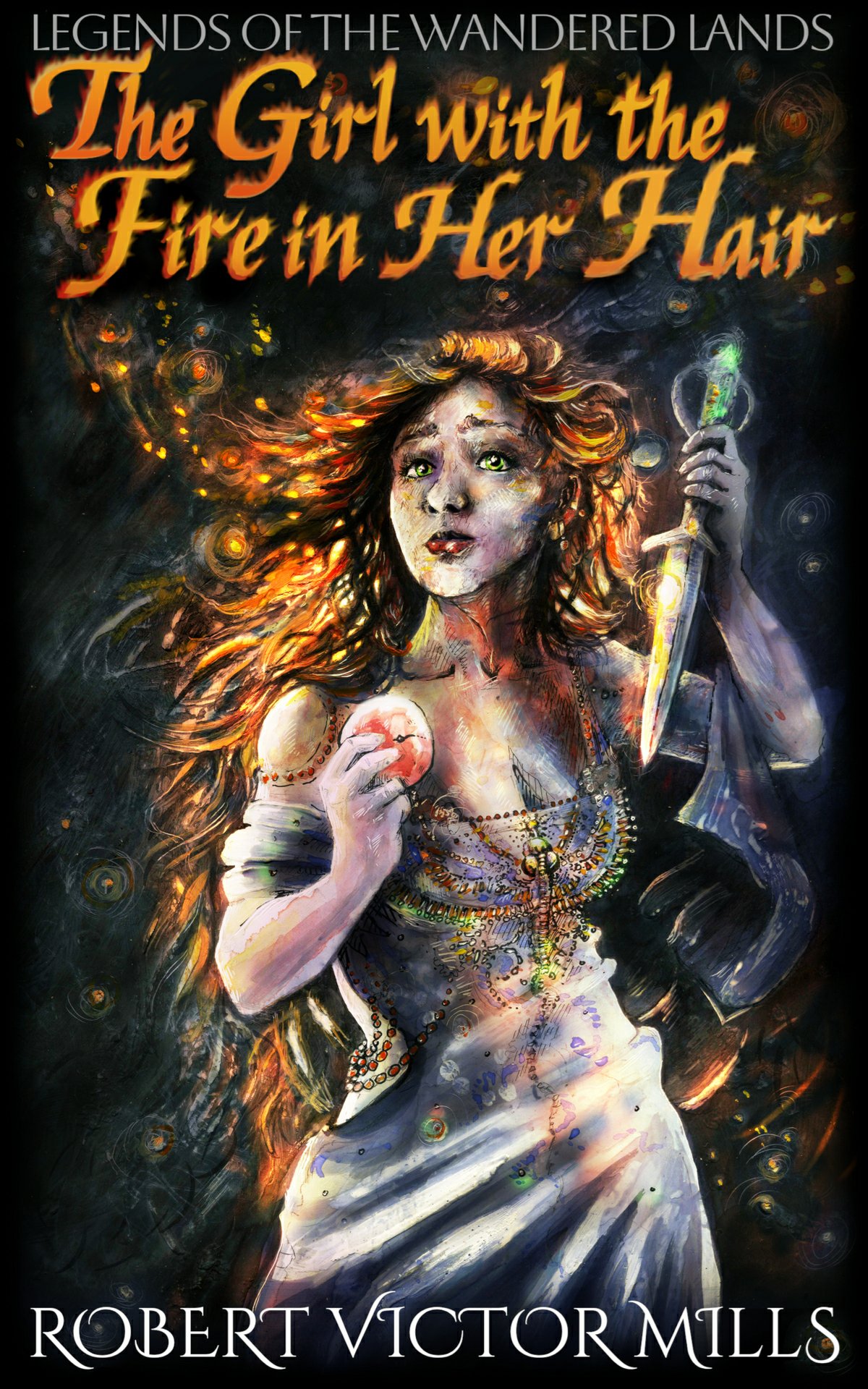A Review by
![]()
“What’s the difference between communism and National Socialism?”
“Communism is the exploitation of one man by another man, whereas National Socialism is the other way round.”
Nach Schema F is the title of Book 2 of the alternate history series The Greater German Reich. This was written several years after Book 1 so it was interesting to see how the author’s style changed, if at all. Book 1 was an excellent dystopian drama and I was excited to see whether Stafford was able to even maintain that same level of compelling storytelling. If so, I’d be a happy reader!
PLOT:
We pick up exactly where book 1 left us. Combat UK is down but not out, in fact there are still members of the English insurrection group working unceasingly on the next move to sabotage the Reich’s control over Großbritannien (German-invaded Great Britain).
Nazi agent Ellen, whom we already encountered in Book 1 is now going through a personal journey of regrets and second thoughts regarding her loyalty to the current regime. Nevertheless, she reluctantly fulfills her duties along with her new partner agent Himmler, nicknamed ‘Willy’.
Things heat up as Marcus Dauny (who works on the launch control system for Missile Command) teams up with American undercover agent Barry Rhodes. Rhodes is ultimately detained, tortured, and interrogated by the German secret service. He gives the name of an SS officer working at a missile bunker in Grenoble. And this is how the Nazis find out that Combat UK’s master plan is to nuke Germania, killing the Fuhrer along with over 20 million people!
Will the plan succeed?

ALTERNATE REALITY:
What I really admire about Stafford is how he is able to infuse a certain level of realism to an alternate world. German-ruled Great Britain feels quite believable thanks to the depth of the characters and the description of locations. Not once we are prone to say “That could never happen!”. On the contrary, everything feels even too real at times.
TORTURE/INTERROGATION:
As you recall, I mentioned the vivid brutality in book 1, when it came to Nazi’s interrogation techniques. Nothing is off the menu when it comes to the means by which the German SS will inflict fear and pain to make a prisoner talk. However, in Book 2 the physical violence and abuse is toned down a notch, and instead we get to learn about other, more subtle interrogation techniques which involve administering psychedelic drugs to the prisoners in order to relax them and thus be able to get more information out of them.
CLOSING REMARKS:
Nach Schema F is another tremendous success by my standards. Never a dull moment, great pace, straightforward prosaic style, compelling characters and unpredictable plot lines!
We will definitely cover Book 3 soon!

